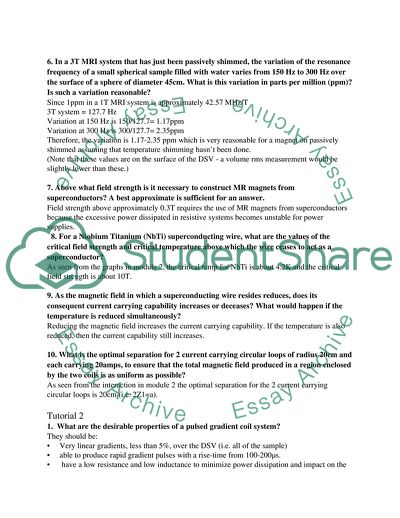Cite this document
(The Rooms Used in Magnetic Resonance Report Example | Topics and Well Written Essays - 3000 words, n.d.)
The Rooms Used in Magnetic Resonance Report Example | Topics and Well Written Essays - 3000 words. https://studentshare.org/physics/1755203-paraphrasing-for-all-the-answering-of-tutorial-question
The Rooms Used in Magnetic Resonance Report Example | Topics and Well Written Essays - 3000 words. https://studentshare.org/physics/1755203-paraphrasing-for-all-the-answering-of-tutorial-question
(The Rooms Used in Magnetic Resonance Report Example | Topics and Well Written Essays - 3000 Words)
The Rooms Used in Magnetic Resonance Report Example | Topics and Well Written Essays - 3000 Words. https://studentshare.org/physics/1755203-paraphrasing-for-all-the-answering-of-tutorial-question.
The Rooms Used in Magnetic Resonance Report Example | Topics and Well Written Essays - 3000 Words. https://studentshare.org/physics/1755203-paraphrasing-for-all-the-answering-of-tutorial-question.
“The Rooms Used in Magnetic Resonance Report Example | Topics and Well Written Essays - 3000 Words”. https://studentshare.org/physics/1755203-paraphrasing-for-all-the-answering-of-tutorial-question.


